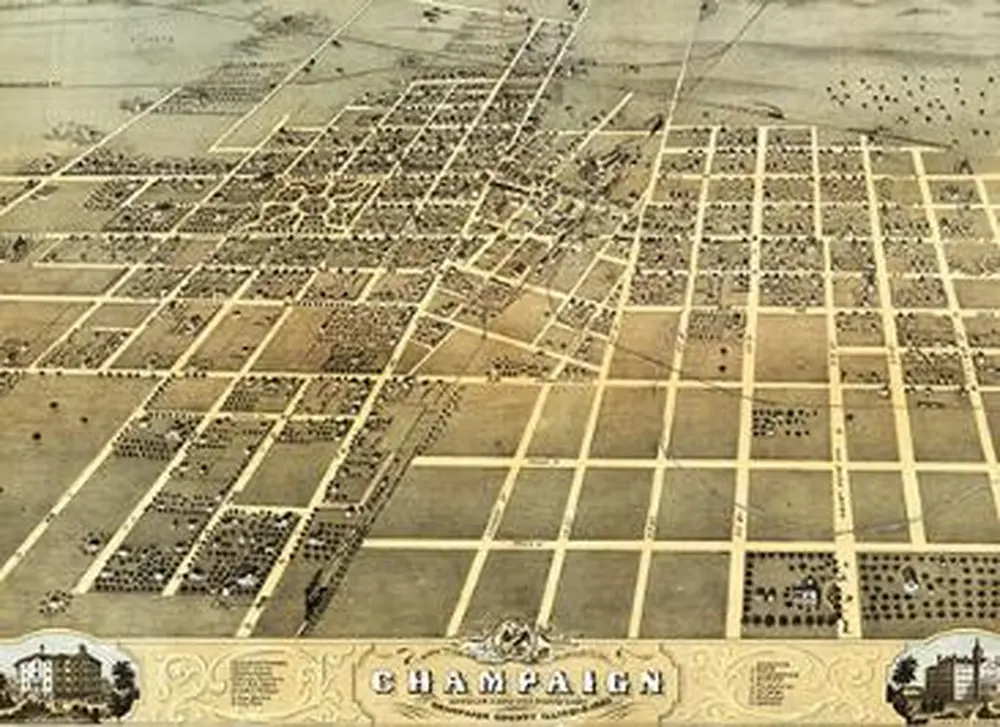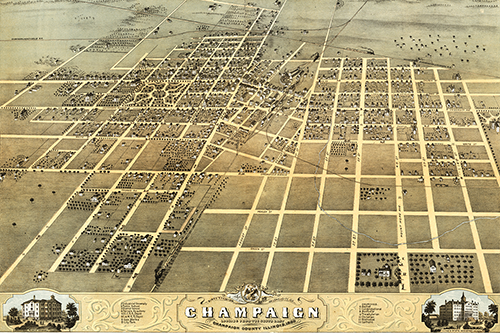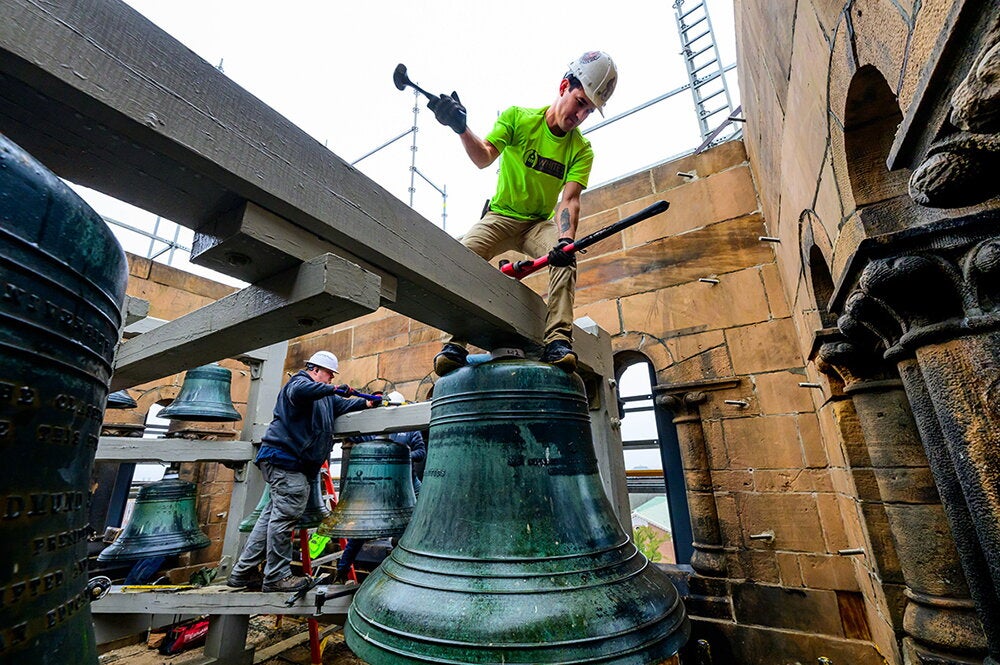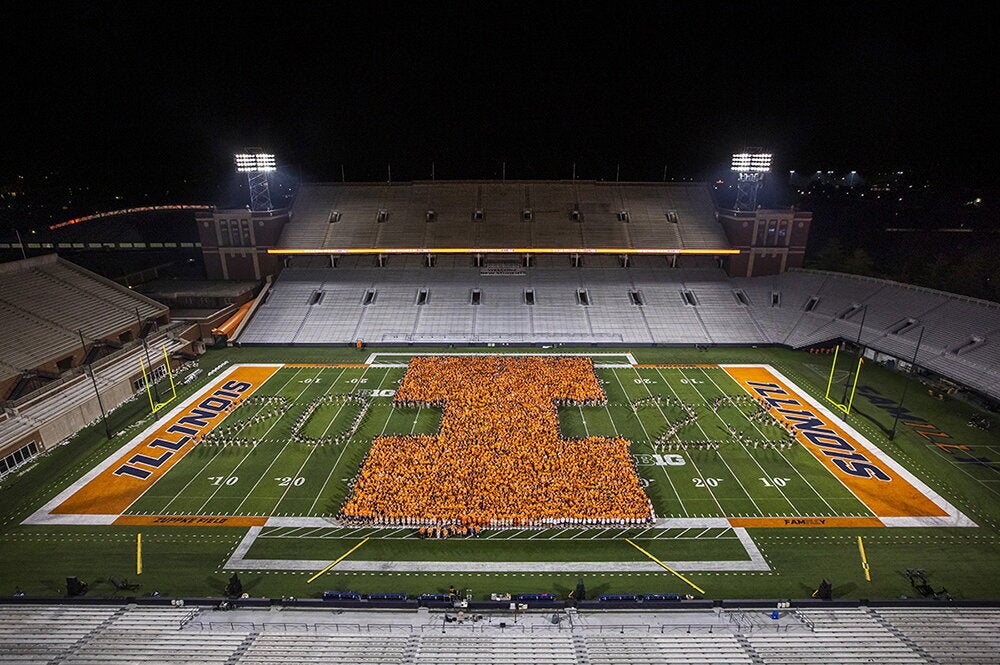

A public history project at the University of Illinois is exploring the hidden and forgotten stories of social movements on campus and in the community. Students are creating a map highlighting buildings or areas that were the sites of protest movements, and they are writing narratives about the significance of those places.
“We’re thinking about how we can collectively understand and interpret our past beyond the traditional academic ways we do on campus,” said Daniel Gilbert, a professor of labor and employment relations, who is co-directing the project with history professor Kathryn Oberdeck.
One goal of the project is to look at how the shared histories of campus and community are linked. So far, the research has focused largely on campus social movements, such as Project 500, an effort by the U. of I. in the late 1960s to enroll more African-American students; the establishment of cultural houses on campus; and the opposition to Chief Illiniwek.
It will also include community events, including a labor strike by nurses at the old Burnham Hospital and the organizing of residents in the Fifth and Hill neighborhood around environmental issues and high-rise development in the area.
The project is part of a research cluster—Public History and Student Research—supported by the Illinois Program for Research in the Humanities. The research cluster includes a total of about a dozen people, including faculty, five undergraduate students enrolled in an independent study history course, and community members and organizations, including the Champaign County Historical Archives.
A website created for the project, called Public History @UIUC, includes a link to a story map with narratives for the sites the students have been researching.
Gilbert noted the explosion of movements on college campuses in the last year or so where students are questioning the racist histories of figures for whom buildings are named.
“Campus landmarks have taken center stage in conversations on social justice,” Gilbert said.
In addition to mapping sites that were central to social justice movements on campus, the students in the project have been conducting oral histories of U. of I. alumni and community members, as well as scanning material from archives and writing descriptions. They’ll be added to the website eventually.
Hannah Gutierrez, a sophomore majoring in history and Latina/Latino studies, is one of the students working on the project. An employee of the University Archives, she is interested in adding material to the archives through the project.
“I think there’s a lot of value in diversifying the archives,” she said. “It’s about getting the whole picture of history and not just one narrative.”
Gutierrez interviewed Oscar Martinez, a U. of I. graduate who created a mural for the former La Casa Cultural Latina building. He told her about attending college here when he was one of about 200 Latino students on campus.
“I was not surprised, but I was saddened to hear of the isolation minority students felt,” Gutierrez said.
She said learning how to conduct an oral history and do research ethically has been a big part of the learning experience in being involved with the project.
“Because we’re doing ethnography, we have to be sure not to be exploiting vulnerable populations or perpetuating a certain narrative. We make sure they have control over their narratives,” Gutierrez said.
She also believes the campus should have a record of its history on diversity, both the good and the bad.
“If we don’t talk about the bumps in the road, or even how students have been oppressed, we don’t know how we’ve gotten here today,” she said.
Gilbert said the group would like to connect with other area organizations, such as museums and historical societies that are doing similar work, and be a clearinghouse for them, sharing resources and expertise.


